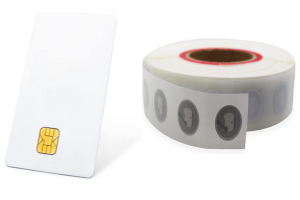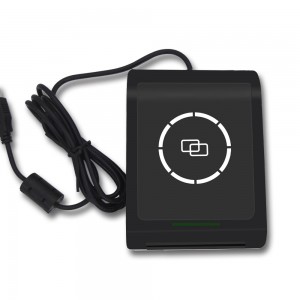Antenna production technology
There are currently three antenna production technologies used in electronic tags: (1) wire wound antennas; (2) Etching/stamping antenna; (3) Printing antenna. In low frequency tags, coil antenna form is usually used, mainly applied to low-end products with low requirements; In the HF frequency band, etching/stamping antennas are generally used as the main materials, which are generally aluminum or copper. They not only have good conductivity and flexibility, but also are easy to match with readers in terms of tag directionality and antenna polarization. At the same time, they have good performance in antenna impedance, RF performance, and other aspects. Currently, their applications are relatively common, but their only drawback is high cost; High frequency UHF tags are usually in the form of etched or printed patch antennas. The etched antenna process has advantages such as good consistency, easy control in process, and low cost.
Printing technology refers to the printing of antenna patterns on materials such as paper, polyester, and polystyrene using conductive inks such as metals and polymers (mainly composed of silver and aluminum). Printed antenna technology has been successfully applied abroad, but it is rarely introduced domestically due to high equipment prices. Even in foreign countries, there is still room for substantial improvement and enhancement in the resolution, registration accuracy, necessary isolation layers, and clean printing environment of printing technology.





















